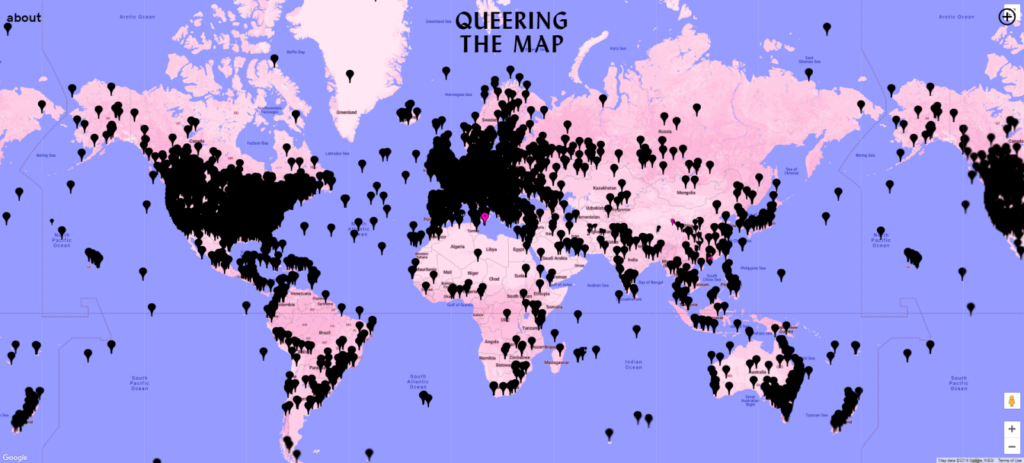Queer New York International Arts Festival
It’s Here. It’s Queer. NYU Skirball presents the Queer New York International Arts Festival, featuring works from a diverse group of
Queer New York International Arts Festival is back in full force, after a 6-year hiatus, with artists from Croatia, Argentina, Brazil, Canada and Germany. Curator Zvonimir Dobrović brings together dance, theatre, installation and performance art in this richly textured collage of works that bring an expansive, expanding sense of queer meanings to New York audiences.
It’s Here. It’s Queer. NYU Skirball presents the Queer New York International Arts Festival, featuring works from a diverse group of
Join us for a conversation with curator Zvonimir Dobrović and artists Arijana Lekić Fridrih, Clayton Lee, & Bruno Isaković – on queer art, global meanings, the possibility and impossibility of translation, and what “queer” means and maps for each of them in their work, on and off the stage. Moderated by J de Leon – NYU Skirball’s Director of Engagement.
Arijana Lekić Fridrih’s From 5 to 95 video installation will be available for viewing before and after the panel.
This event will take place in the NYU Skirball lobby. This event is free and open to the public.
Wagner Schwartz will engage in a conversation with André Lepecki about “La Bête,” the controversy in 2017, the relation between performance, dance and the political, but also about his broader artistic work as one of the most influential Brazilian choreographers working today in the eve before presenting “La Bête” at NYU Skirball as part of Queer New York International Arts Festival.
This event will take place at NYU’s Department of Performance Studies – 721 Broadway.
The NYU Skirball Lobby features a video installation by Arijana Lekić Fridrih, which will be on display for the duration of the festival – you can see a preview here, and make sure to arrive early to experience the full piece before a performance, or stay after the panel conversation on Feb 12 and catch it then.
Recommended readings to get you in gear for the festival.
Alyson Campbell & Stephen Farrier, editors, Queer Dramaturgies: International Perspectives on Where Performance Leads Queer. Palgrave Macmillan, 2015.
David Eng, Jack Halberstam, & José Esteban Muñoz, What’s Queer about Queer Studies Now? Social Text Vol. 23 (3-4), 2005.
Amelia Jones, In Between Subjects: A Critical Genealogy of Queer Performance. Routledge, 2021.
“New York is the city that invented queer, or did so much for the queer scene everywhere.”
“To change things we have to name things.”
“We are exploring queerness not only as about gender, orientation or sexual practices.”
“Bringing different performers and artists from different countries brings all these definitions together and evolves the term queer, and that’s what the whole festival is about.”
 Queering the Map is a community generated counter-mapping platform for digitally archiving LGBTQ2IA+ experience in relation to physical space. Explore the accumulated effect of each individual contribution to the project and learn more on the website:
Queering the Map is a community generated counter-mapping platform for digitally archiving LGBTQ2IA+ experience in relation to physical space. Explore the accumulated effect of each individual contribution to the project and learn more on the website:
The platform provides an interface to collaboratively record the cartography of queer life—from park benches to the middle of the ocean—in order to preserve our histories and unfolding realities, which continue to be invalidated, contested, and erased. From collective action to stories of coming out, encounters with violence to moments of rapturous love, Queering the Map functions as a living archive of queer life. If it counts to you, then it counts for Queering the Map.
Through mapping LGBTQ2IA+ experience in its intersectional permutations, the project works to generate affinities across difference and beyond borders—revealing the ways in which we are intimately connected.